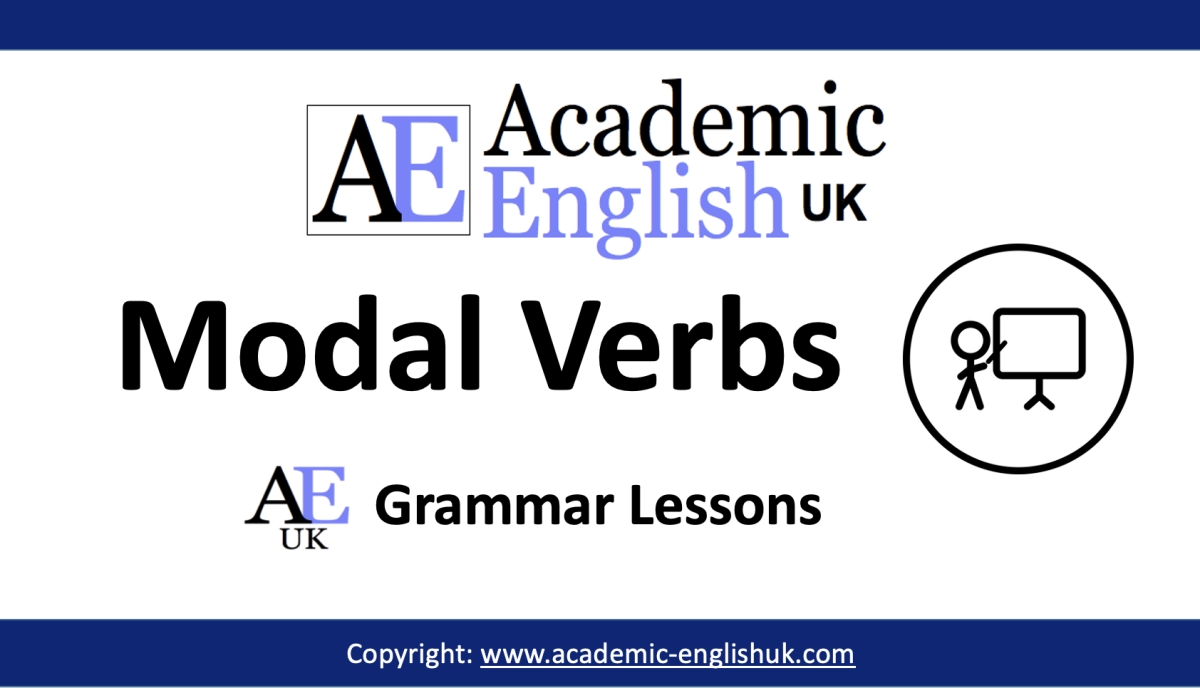
But, like a regular verb, you have to include "to" before the main verb.

Like modal verbs, it doesn't ever change forms or use another helping verb. " Ought to" has tendencies of both modal verbs and semi-modal verbs.Also, with be as a helping verb, used to gives the idea of being accustomed to doing the action of the main verb.


Be able to + infinitive Ability (in all simple tenses) Note: We use it to talk about ability in the past. Those are the following: be able to, have to/dont have to, need (to), dare (to) Lets see now how they are used 2. They are different from modal verbs, though, because they behave more like typical verbs - for example, they change to agree with their subjects, they change tense, and they can be combined with other helping verbs like be, have, and do. SEMI-MODALS We call semi-modal verbs the ones that are used BOTH as modal verbs AND as main verbs.Semi-Modal Verbs function in much the same way as modal verbs - they are an auxiliary verb that adds information to the main verb, but can't really function alone.


 0 kommentar(er)
0 kommentar(er)
